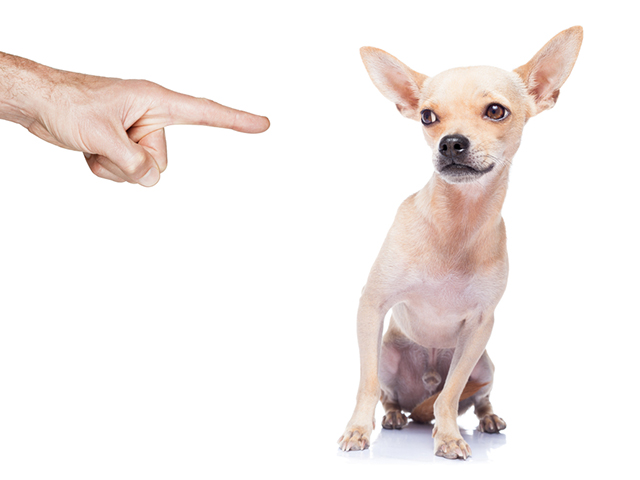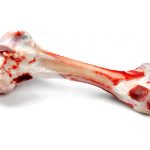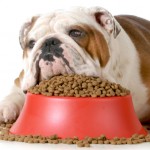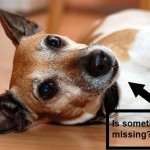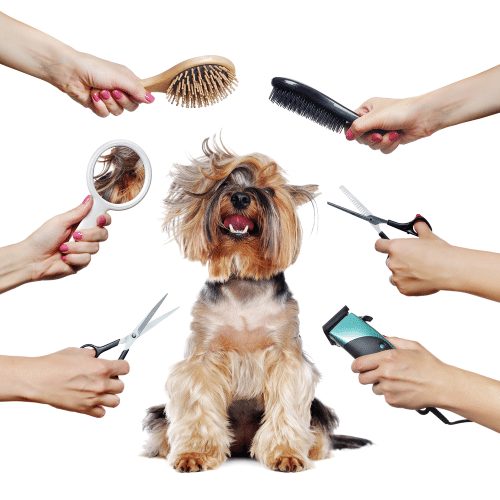Live with a dog, and you most likely met the “guilty look”. You come home. The plants are knocked over, and soil is tracked all over the floor. The dog is abnormally still and averts its gaze as it thumps its tail slowly.
But does the dog feel responsible for the mess and sorry about having disobeyed your rules? That is hard to say. Research to date, including an open-access study published last year, suggests that the answer is no. Moreover, the findings reveals that scolding or punishing dogs will not necessarily decrease unwanted behavior.
Owners asked to describe a dog’s guilty look comment that, in addition to potential tails, the dog may try to look smaller and assume a nonthreatening pose. Some might lift a paw or approach the owner in a lost posture Others retreat.
It is tempting to think that if a dog acts much as we do when we feel guilty, then the dog must also understand that its behavior was wrong and feel guilty. Yet these researchers and experts describe as reflective submission, appeasement, anxiety or fear. Such displays are employed by social species, such as dogs and wild gray wolves, in many different contexts to reduce conflict, diffuse tensions and reinforce social bonds.
When investigators create experiments to better understand dogs’ conceptual frameworks, they often find that although their actions might look much like those of people, their understanding of a situation might differ. In this case, it is possible that rather than guilt operating when your dog put on a guilty face, the pooch may actually be experiencing general anxiety or fear or a desire to avoid being in the wrong end of your anger or frustration.
In 2009 Alexandra Horowitz of Bernard College (and the author of Inside of a Dog — Young Readers Edition: What Dogs See, Smell, and Know) published a study in Behavioural Processes that explored the events preceding both the dog’s behavior (either eating or not eating a disallowed treat) and the owner’s behavior (either scolding or not scolding), she was able to isolate what the look was associated with. She found that it did not appear more when the dogs had done something wrong. Instead it popped out in full form when the owner scolded. Horowitz further found that when dogs that had not eaten the treat but were reprimanded anyway (because the owner thought the dog had eaten it). That means for example, that in a multi-dog household, a dog could easily look guilty without ever having transgressed.
A similar result in a follow up experiment conducted by Adam Miklosi and Marta Gacsi of the Family Dog Project at Eotvos Lorand University in Budapest and published in Applied Animal Behavior Science in 2012. Dogs had the opportunity to break a rule (that food on a table is for humans and not dogs) while owners were out of the room. When the owners returned, dogs that ate were not more likely to look guilty than those that abstained. In this context, the guilty look was not present without a scolding owner. They also looked at whether owners are better able than others to tell when their dogs have been disobedient. Owners who had seen their companions adhere to the rule were not better at identifying that the dogs had transgressed in their absence.
“But wait!” the peanut gallery cries. “I have seen my dog act guilty before it is scolded.” Owners often do interpret such behavior to mean that dogs “know” they have done wrong. This is a complicated issue, but findings to date suggest that dogs engage in guilty-seeming behavior when they sense that something will elicit an owner’s displeasure and hope to avoid a breach in their relationship.
Last year Ljerka Ostojic and Nicola Clayton of the University of Cambridge in Croatia reported in Behavioural Processes on research into whether a dog’s guilty look could be triggered by environmental cues, such as the disappearance of a forbidden food. By using a manipulation somewhat similar to that of Horowitz, Ostojic and her colleagues found that the guilty look was not affected by the dog’s own behavior (either eating or not eating the food) or whether the food was present or absent. In their experimental context, dogs did not display the guilty look in the absence of a scolding owner.
Scolding a guilty looking dog after the fact could give you a false sense of mutual understanding and the incorrect belief that you are punishing the bad behavior effectively.
At the same time, the study does not exclude the possibility that in the home environment, owners may very well observe the infamous look prior to scolding. In the late 70es a veterinarian in Wisconsin published a paper offering a clear example of fear masquerading as guilt. A dog called Nicki had taken to shredding paper in the owner’s absence. To see if the dog’s guilty seeming behavior actually stemmed from guilt, the veterinarian had the owner shred paper, leave the house and return home. When the owner came back, Nicki looked “guilty,” even though she had done nothing wrong. Dogs are increadibly sensitive to environmental and social cues. In this case, the dog apparently viewed the paper on the floor as a sign of a scolding to come.
“Evidence + Owner = Trouble,” explains primatologist Frans B.M. de Waal in Good Natured: The Origins of Right and Wrong in Humans and Other Animals. As a asocial species aiming to maintain relationships, dogs could show submissive displays before an apology or admittance of guilt. Instead these displays can aim to appease or pacify. And they certainly could have that effect: In one study, nearly 60 percent of owners surveyed on a questionnaire reported that the “guilty look” led them to scold their dogs less.
You may wonder why you and other harp on the misattribution of a sense of guilty in dogs. This is an issue of dog welfare: “When you get angry and forgive your ‘guilty’ dog for demolishing your house, you ignore deeper concerns that, if addressed, could reduce or eliminate those behavior problems. Was the dog bored? Scared? Anxious? Did something change in your routine that confused it? Sadly, scolding dogs often does not decrease future undesirable behavior. If anything, the “guilty look” could just become more exxagerated over time as your confused companion enters an anxious cycle of destruction and appeasement.”
Even worse, scolding a guilty-looking dog after the fact could give you a false sense of mutual understanding and the incorrect belief that you are punishing the bad behavior effectively. A punishment, by definition, decreases the behavior in the future. Unfortunately, studies find that scolding a “disobedient” dog, especially after it misbehaves, does not lead to a notable decrease in the “bad” behavior. A study from the late 60es foudn that dogs reprimended just 15 seconds after performing a “disallowed” behavior not only continued to perform the behavior in the future but did so while showing notable appeasement and fear-related behaviors.
Essentially beratement after the fact did not work, and guilty look is better interpreted as fear or appeasement. Best to just clean up the mess and think about how to avoid it in the future.
Source
Scientific American

